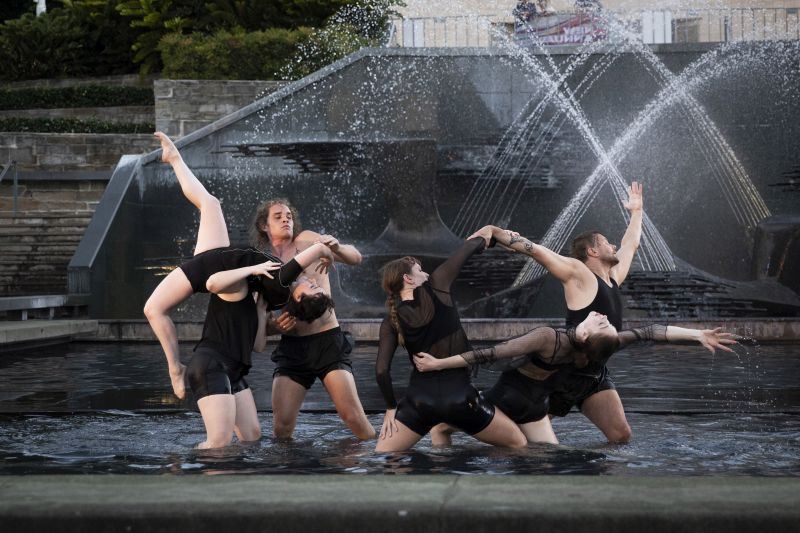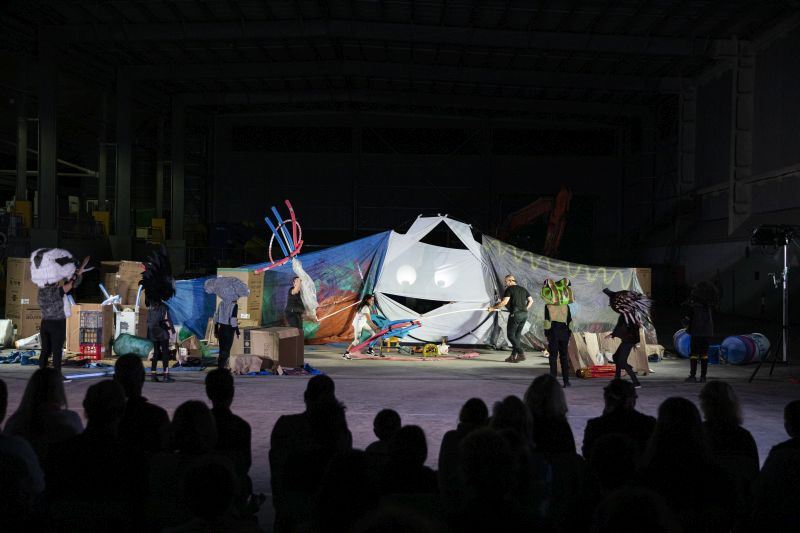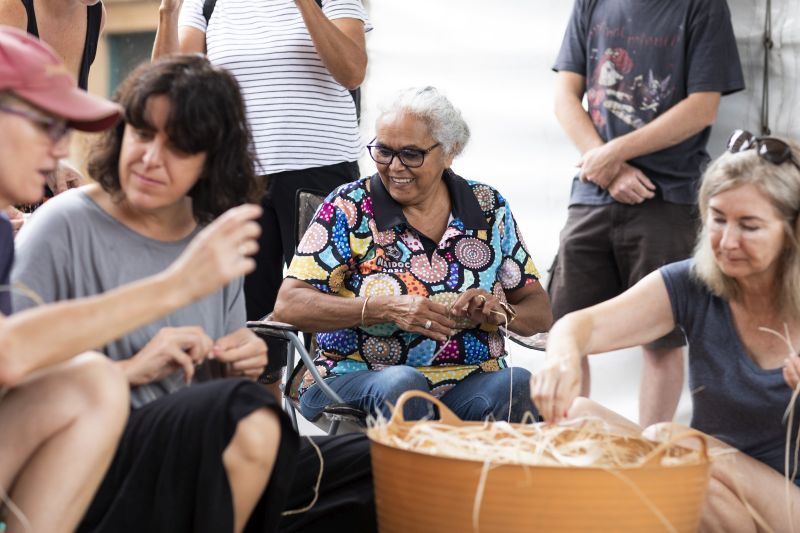The $632 million Campbelltown Hospital redevelopment has reached a major construction milestone, with the 12-storey Clinical Services Building reaching its highest point.
Premier Gladys Berejiklian and Health Minister Brad Hazzard visited the new building and met with nursing graduates who are among 264 nursing and midwife graduates starting at hospitals across Sydney’s south-west next month.
“The new Clinical Services Building will be the centrepiece of the Campbelltown Hospital Redevelopment and will boost bed capacity across the hospital by more than 50 per cent,” Ms Berejiklian said.
“Construction of the redevelopment is supporting around 700 direct jobs helping stimulate the economy, a key part of the State’s COVID-19 Recovery Plan.”
Health Minister Brad Hazzard said the redevelopment will also deliver a new maternity unit almost double in capacity, as well as significantly expanded cancer and mental health services.
“The NSW Government’s record investment in south-west and western Sydney public hospitals will ensure people living in the fastest growing region in our state will have access to state-of-the-art health services closer to home,” Mr Hazzard said.
“I’m also so pleased to welcome a total of 264 nurses and midwives to the South Western Sydney Local Health District in coming days and weeks, 51 of which will work at Campbelltown and Camden hospitals.”
The $632 million Stage 2 Campbelltown Hospital will include:
- New state-of-the-art digital operating theatres and procedure rooms;
- Dental and oral health department for the first time;
- Double the ICU bed capacity;
- Expanded cancer therapy centre;
- Almost double the number of maternity beds;
- New and expanded surgical services including interventional radiology; and
- Expanded specialist mental health services.
Member for Camden Peter Sidgreaves said the new hospital reflects the NSW Government’s commitment to meet the needs of the growing south-western Sydney community.
“This $632 million investment is a tremendous boost for health services in the region, ensuring we are well placed to welcome the 133,000-plus new residents expected to call our south-western community home in the next 12 years,” Mr Sidgreaves said.
Member for Wollondilly Nathaniel Smith said the Campbelltown Hospital redevelopment is a huge win for the Macarthur Region.
“Top class healthcare services, a strong economy and jobs growth are vital for our Macarthur region community to flourish as it grows, and the Campbelltown Hospital redevelopment is delivering on all counts,” Mr Smith said.
The $134 million Stage 1 redevelopment was completed in January 2016. An additional $34.1 million was invested for a multistorey car park completed in early 2020, providing more than 800 spaces.



